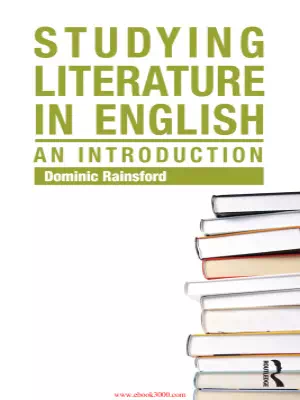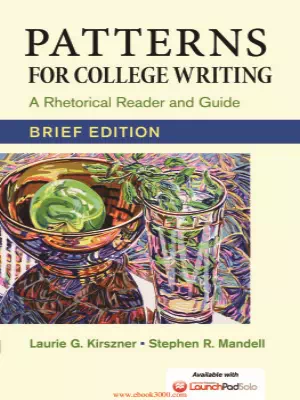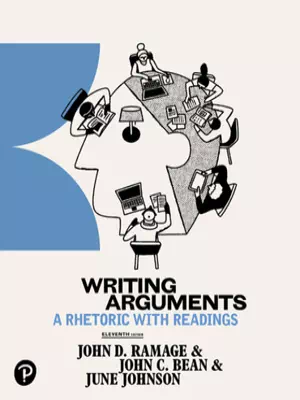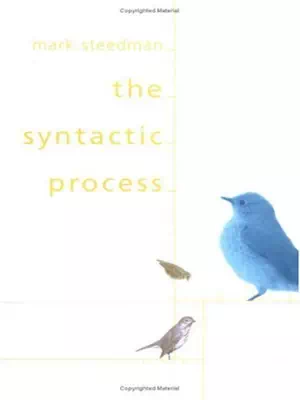Studying Literature in English An Introduction PDF

This book is designed primarily as a point of entry for people who are engaged with British, American and postcolonial literature at university. It will be particularly useful to students in countries where English is not the first language although all students will benefit from the comprehensive approach offered here. From principal literary genres, periods and theory, to strategies for reading, research and essay-writing, Dominic Rainsford provides an engaging introduction to the most important aspects of studying literature in English.
Beginnings
Good morrow
What is literature, and who does it belong to?
Canons
Form and genre
Poetry
The thing which is not
Prose fiction
Plays and films
Periods and movements
Medieval and early modern
From Colonial America and Restoration England to 1900
From 1900 to the present
Positions, identities, ideas
The place of literature
Literary theory
Over to you
Primary and secondary sources
Reading, research, writing



